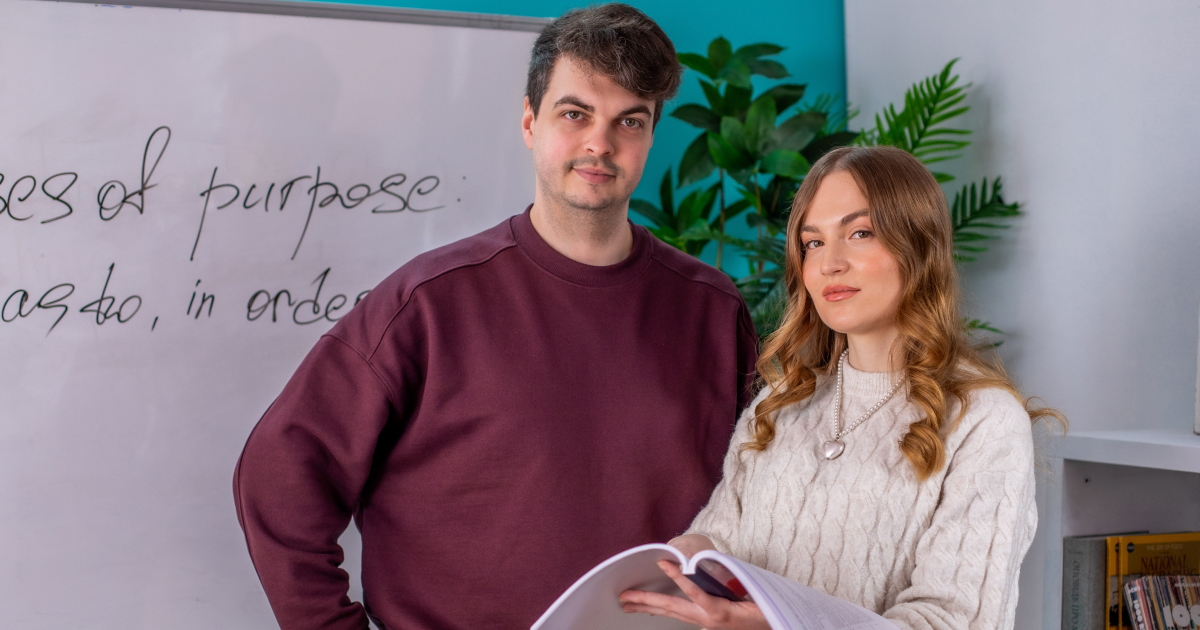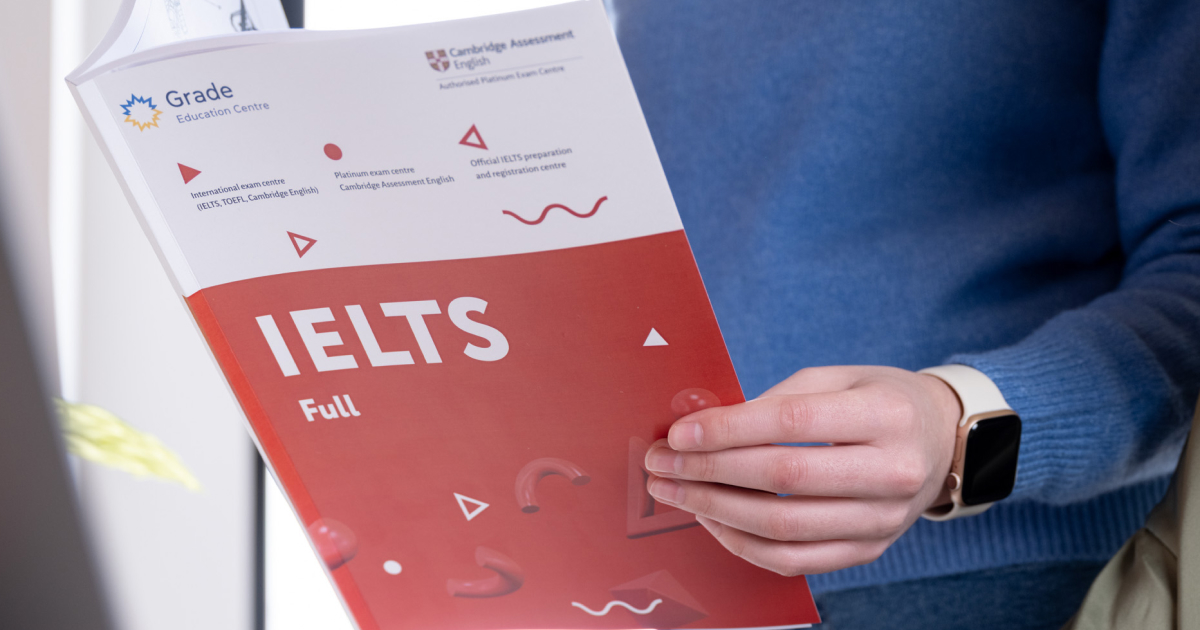What if not Zoom? Alternatives for online ESL classroom
- Tips & Strategies

16.04.2025
When we prepare learners for IELTS speaking, we can notice that they face some problems.
It can be the lack of vocabulary or simple grammar that they use. However, a major difficulty is that learners simply do not know what to say, they lack ideas and as a result, produce short responses.
The problem is that a short response does not let test takers demonstrate a good range of grammar and vocabulary.
In this article, we will look at what kind of responses are expected in each part of the IELTS speaking section and provide some practical suggestions on how to extend and improve your learners’ answers.
In Part 1, an examiner will ask the candidate more personal questions on such topics as sports, weather, hobbies, or daily routine.
This part usually starts with the questions about work, studies or home.
At the same time, there can be less common topics, such as the sky, perfume or smile.
The answers should be relatively short; however, the candidate should avoid just giving a “yes/no” answer.
Therefore, it is a good idea to give three facts in your answer.
E.g., to answer the question “Where do you live, in a flat or a house?” we can give 3 facts — in a flat; in which type of the house — multistoreyed; with whom — our family/partner/alone. However, learners often struggle to provide more than 1 fact and often answer the question directly.
Here are some suggestions about how your learners can extend their answers in Part 1.
E.g., the question is "Do you often cook?” and your learner can only say - “I don't cook a lot now.”
When learners are confronted with a less common topic of the questions, and they do not know what to say, encourage them not to keep silent and use buying time phrases: “I have never thought about that before", “It has never crossed my mind", "That's a tricky question", “Let me think."

Teach IELTS speaking with confidence
Join our courseIn Part 2, test takers are provided with the task, they have one minute to prepare and talk on the topic from the cue card for two minutes.
The task has a topic, usually, personal and related to the candidate, and four prompts, the last one asking to give a reason or explain.
First of all, encourage your learners to take advantage of one minute and plan what they are going to say.
It is a bad idea to write a full answer as one minute is not enough for it. Instead, make sure your learners take notes and write two or three facts for each prompt.
E.g.: Describe a place you have visited that you would like to go back to.
You should say:
In order to extend the answer, it is a good idea to introduce what the learners are going to talk about — name it and say when you visited it: One place I’ve visited and would absolutely love to go back to is Florence, Italy. I went there a few years ago during a short trip to Europe, and even though I only stayed for three days, it left a lasting impression on me.
Then encourage your learners to write about two-three facts for each prompt and also think of some additional relevant information to extend the answer:
Apart from planning the answer properly, encourage your learners to use linkers and signposting language to organise the long turn and guide the examiner through the ideas, and show relationships between them.
Here are some examples of such language: "I would like to start off by saying that...", "The first point is that...", “Another disadvantage is that...”

In Part 3, test takers have a discussion with the examiner on the topic similar to Part 2.
The candidate is asked four or five questions and is expected to give an opinion, compare and contrast some information, agree or disagree.
Unlike in Part 1, in Part 3 the answers should be extended, with more details, and should explore the answer from different perspectives.
What is more, the questions in this part are mainly not personal and refer to others.
To enable your learners to produce a logically connected and well-organised answer, introduce a structure:
Free IELTS teaching resources
For example, the question is: “What are the advantages and disadvantages of travelling solo?”
Learners often find it hard to think of two points — arguments — for their answer.
These could be advantages and disadvantages, two reasons, two features, comparison of two age groups — teenagers and middle-aged people, areas — big cities and countryside, etc.

How to become an IELTS trainer?
Find outWe hope that these practical suggestions will help you in teaching IELTS speaking and preparing your learners for the exam and will help them maximise their scores.
Olena Bochkarova
Author
Academic Director & Experienced Teacher | General & Business English, IELTS Prep | CELTA & CELT-S Trainer | International Speaking Examiner | Course Consultant
Comments
Leave your comment